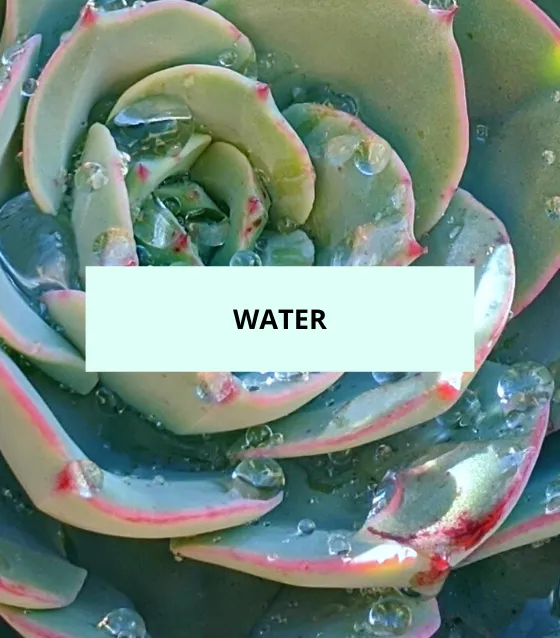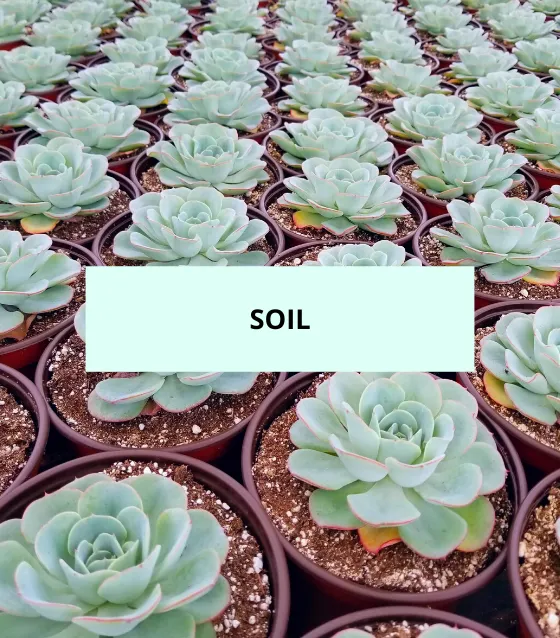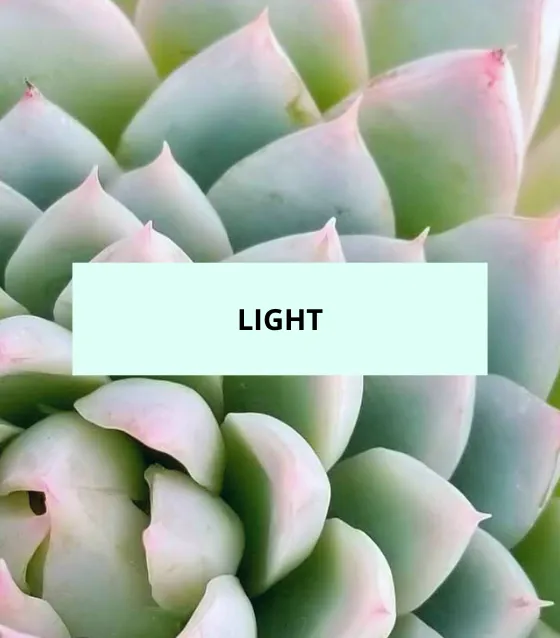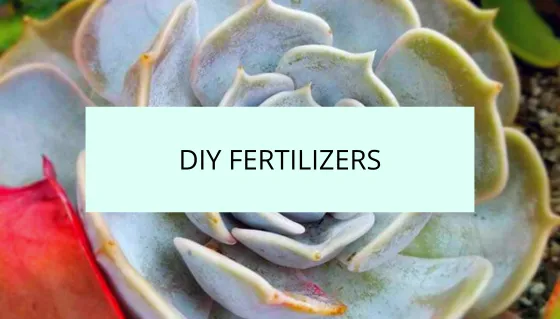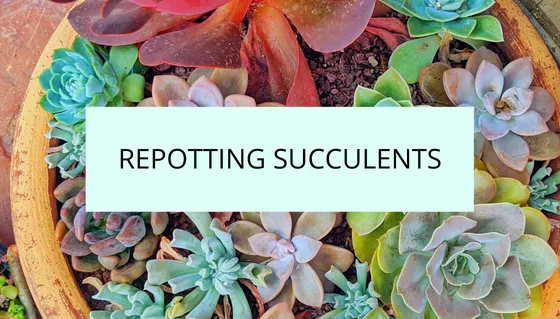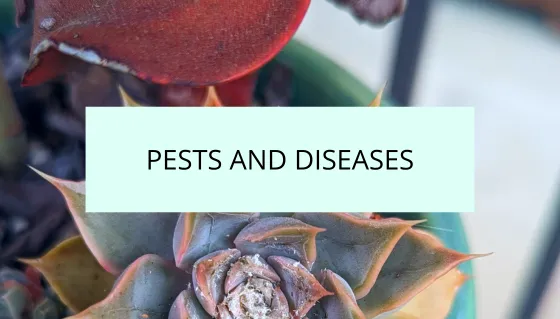Welcome to a quick look at Echeveria pulvinata, a beloved succulent that is sure to delight any succulent enthusiast. In this article, we will provide you with comprehensive information about this stunning plant, including its appearance, growth habits, flowering characteristics, toxicity, and propagation methods. So, let’s dive in and explore the fascinating world of Echeveria pulvinata!
Dig in!
Common Names
Echeveria pulvinata is commonly known as the “Plush Plant” or “Chenille Plant.” These names perfectly capture the unique characteristics and texture of this delightful succulent.
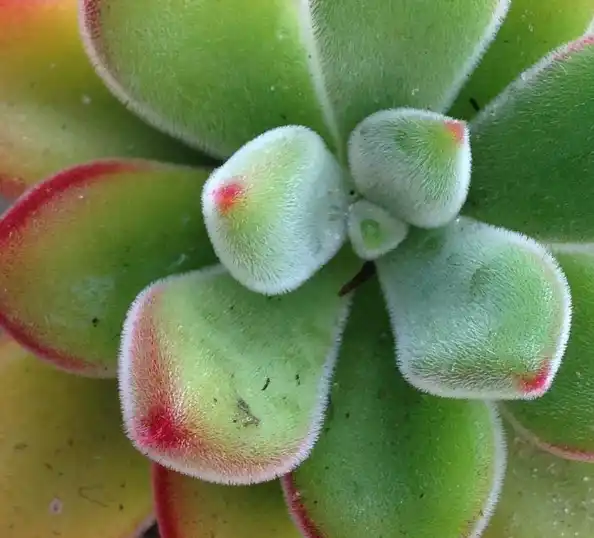
Appearance and Growth
Echeveria pulvinata is a visually striking succulent with a charming rosette shape. The leaves are thick and fleshy, covered in soft, velvety hairs that give the plant a plush appearance. The leaves are typically a vibrant green color, and the edges may have a hint of red or brown. The rosettes can grow to be around 6 inches (15 cm) in diameter, making them a perfect addition to any succulent arrangement or garden.
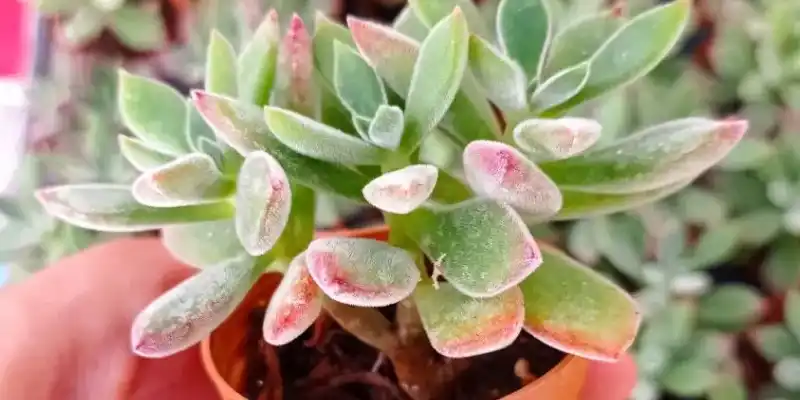
Flowers and Blooming
When it comes to flowering, Echeveria pulvinata produces beautiful, bell-shaped flowers on long stalks called inflorescences. The flowers themselves are typically a vivid orange or red color, adding a burst of vibrancy to the plant. This stunner is known to bloom during the spring and summer months, rewarding its caretakers with a stunning display of color.
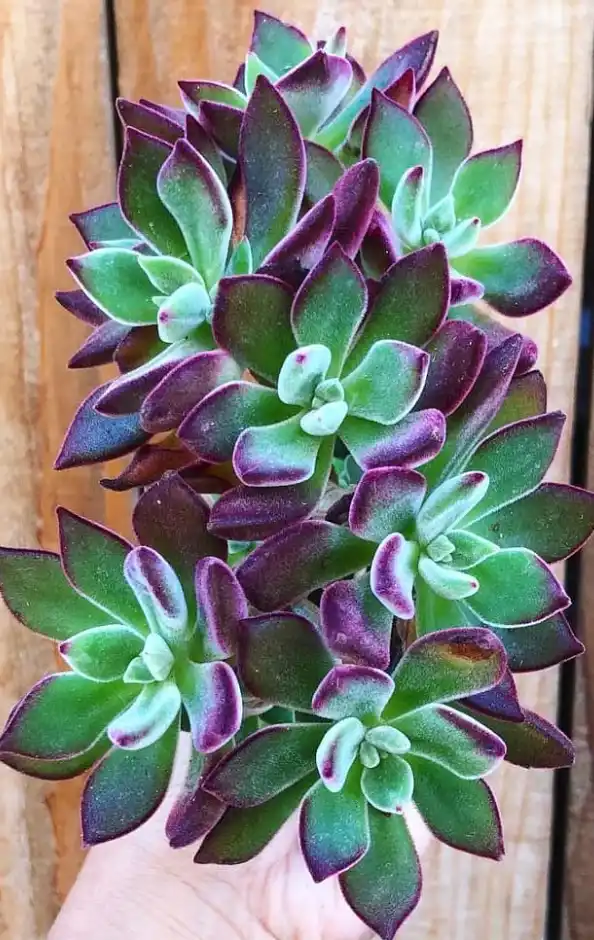
Toxicity
One of the great advantages of Echeveria pulvinata is that it is non-toxic to cats, dogs, and people. This makes it a safe choice for households with pets or small children. However, as with any plant, it’s always a good idea to monitor interactions between your pets or children and the plant to ensure everyone’s safety.
Echeveria pulvinata Propagation Methods
Echeveria pulvinata can be propagated through various methods, including stem cuttings and offsets. Stem cuttings involve carefully removing a healthy stem from the parent plant and allowing it to callus over for a few days. Once the cut end has calloused, it can be planted in well-draining soil, where it will develop roots and grow into a new plant.
Offsets, also known as “pups,” are smaller rosettes that emerge from the base of the parent plant. These can be gently separated from the main plant and replanted in their own pots or directly in the ground. Offsets are a convenient and efficient way to propagate Echeveria pulvinata, as they already have their own established root system.
Echeveria pulvinata, also known as the Plush Plant or Chenille Plant, is a captivating succulent that will add beauty and texture to any succulent collection. With its plush, velvety leaves and vibrant orange or red flowers, it is a popular choice among succulent enthusiasts. Whether you choose to propagate it through stem cuttings or offsets, this plant is sure to thrive and bring joy to your gardening endeavors. So why not consider adding Echeveria pulvinata to your succulent family?

